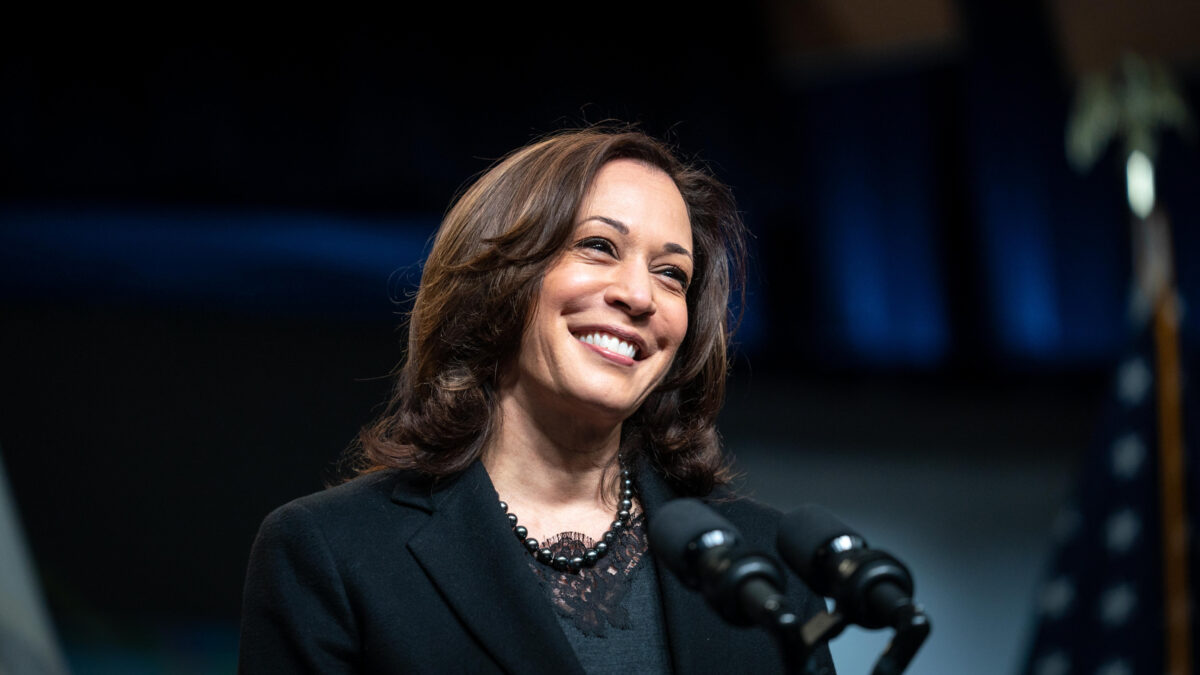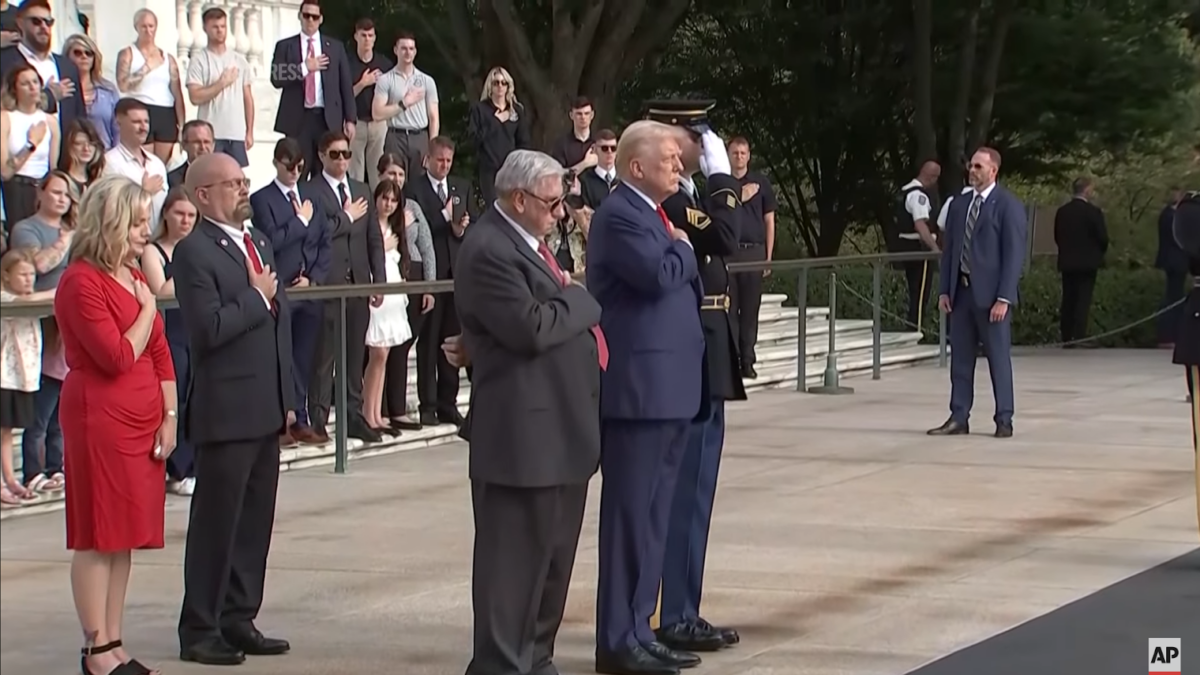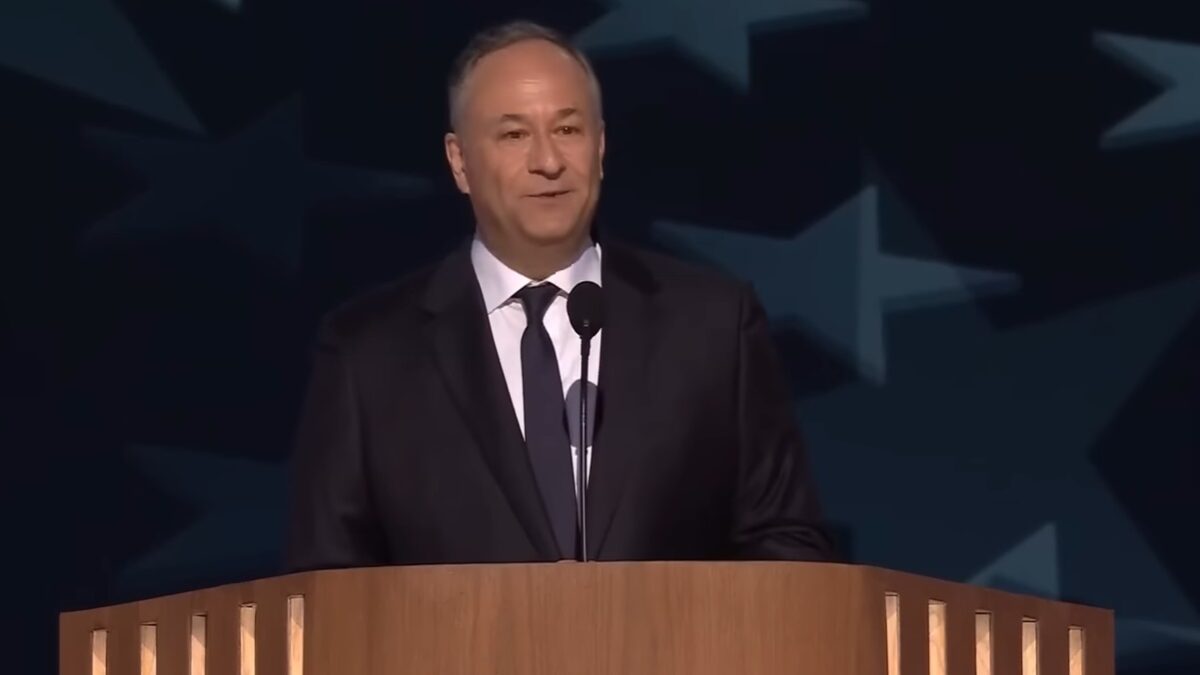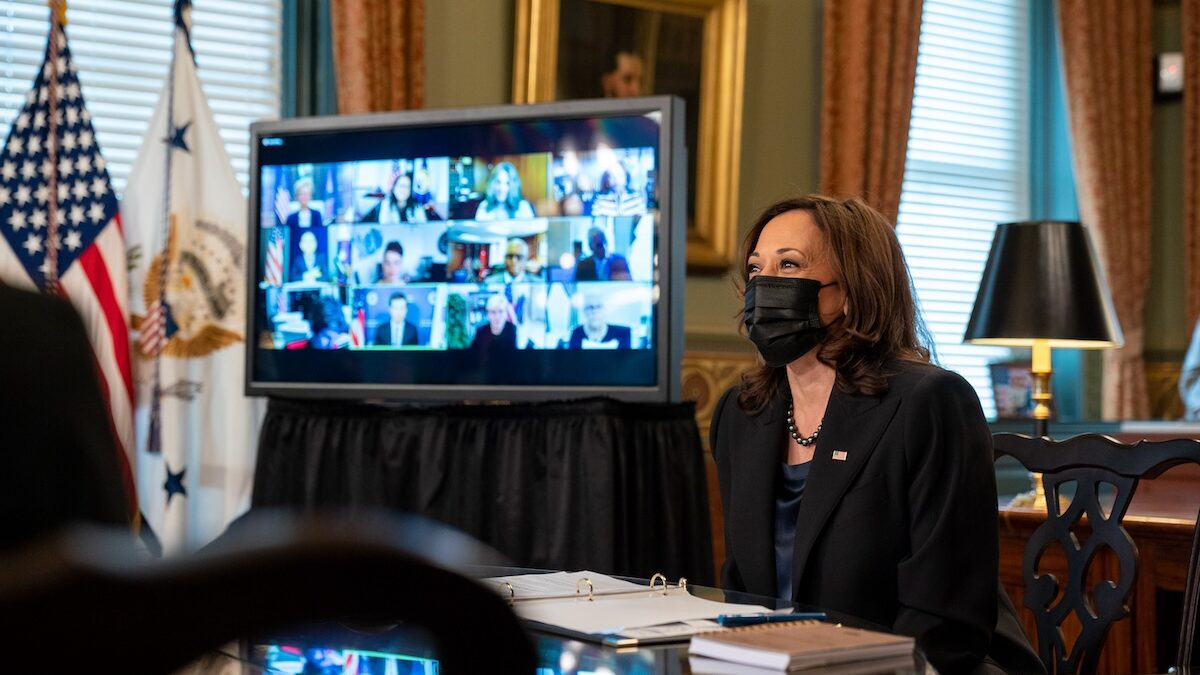
The Sante Fe High School shooting was a horrific tragedy, but it was also a sadly predictable affair.
A socially isolated white man takes out his rage on his school. The media, appalled, tries to study what went wrong. Some blame guns. Some blame toxic masculinity. All repeat the name of the shooter, over and over again, until his name, and his deranged views, become as embedded in the public consciousness as any celebrity. The public commentariat abides by a cultural script that spins the shootings into one partisan direction or another, allowing the acts of violence to completely dominate our news cycle, across airwaves and headlines. In a sad perverse way, the shooters get exactly what they wanted — attention.
And the cycle of shoot, rinse, repeat, continues.
Over the past 20 years, news media have failed to balance their investigative natures with concerns about legitimizing the views and lifestyles of people whose world views do not deserve to be heard. One of the first articles in The Washington Post to accompany the actual news of the Santa Fe shooting was a lengthy profile of the perpetrator, the headline saying that he had a “fondness for trench coats and a growing darkness.” From Santa Fe, to Parkland, to Charleston, to Aurora and Virginia Tech, the news media can’t help but elevate the platforms of deranged men by publishing their sick, twisted views.
The modern cultural script for covering school shootings, however, emerged even earlier than these tragedies. In fact, it was the Columbine High School shooting, in 1999, that spawned the modern marriage of ugly tragedy and tabloid-style celebrity coverage of its perpetrators.
Mass shootings were exceedingly rare before Columbine (a fact people often forget). They were isolated incidents held by deranged individuals, and were treated as such by the news media. But the Columbine shooters were different. Psychologist Malcolm Gladwell, writing for the New Yorker in 2015, noted how the Columbine shooters fit into both a news and a tabloid script, with their “lengthy manifestos,” their colorful personalities, and their desire to “kick-start a revolution.” Indeed, Columbine’s combination of strange characters (the shooters themselves master-planned the murders) and political intrigue (it tied directly into running gun control and mental-health debates at the time) made it simply too juicy for journalists to pass up.
Seizing the ratings cash cow, news media documented extensive histories and analyses of the killers, jobs traditionally left to crime-scene police, expanding a private police investigation into a veritable cottage industry of micro-analysis. They gave the public every story they could muster, even when those tales played right into desire for attention and platform-airing what the shooters — and future shooters — craved.
The consequences of this approach, still very much alive and well today, is that Columbine became an inspiration for a generation of perverted men. Fully eight of the twelve major school shootings after Columbine made explicit reference to Columbine, according to sociologist Ralph Larkin. With each shooting post-Columbine, the rate of mass shootings has increased, as tabloid coverage of the shooters becomes increasingly normalized in American society. And a whole perverse subculture of “trench-coat shooters” (to use a term derived from Columbine), who saw their opportunity for glory in a weapons-frenzy of rage is born.
There is significant evidence that the commodification of mass shootings by journalists has at least caused in part the uptick of school violence. We should start by noting that the United States is actually at its lowest rate of violent crime since 1980. The U.S. is facing a more peaceful age than ever. However, school shootings, especially scripted and premeditated ones like Columbine, Virginia A Tech, and Parkland, have been on the rise. This shows that sufficiently deranged people have significantly different rationales for shooting up schools than for committing any ordinary homicide.
And there is significant reason to believe their rationale has to do a lot with the fame and media attention they get from committing the crime. An American Psychological Association (APA) study discovered that “media contagion” is actually a large factor in motivating mass shooters to commit their crime. Because of the way schools tap into Americans’ ideals of innocence and security, they become ripe targets for those who seek to disrupt our cultural fabric in pursuit of their five minutes of fame.
Possibly the saddest news out of this whole affair, however, is that without major change in the way news media covers school shootings, it’s only going to get worse. Gladwell’s aforementioned analysis points to a sociological concept called the “threshold effect,” which states plainly that anti-social actions (of which shooting up a school is an excellent example) require less and less “sufficiently deranged temperament” as more and more people join in. The concept is very intuitive. It’s much more difficult, at least from a social perspective, to start a riot than it is to join in.
This bodes ill for our nation and for stopping school violence, unless our journalists make and enforce a radical change in the way they cover these shootings. The aforementioned APA study recommended that one of the most potent ways news media can help stop school shootings, in particular, is to strip them of their perverse mythos, to doggedly pursue in every way a commitment not to romanticize such acts of violence.
This includes steps such as refusing to display the names of the perpetrators and refusing to publish their so-called “manifestos.” Some publications, such as The Daily Wire, have abided by the results of this study and made a commitment not to publish the names of school shooters. (I have also made the same personal commitment, as you may have noticed.)
If the elite media, which still maintains a huge influence in driving national discussions about the ideals of journalism, would do the same, we can work to strip the appeal — that is, fame and attention — that drives perverted people to attack our children in the places where they can be most vulnerable. We have to fight evil, lest we see it become the new normal.









